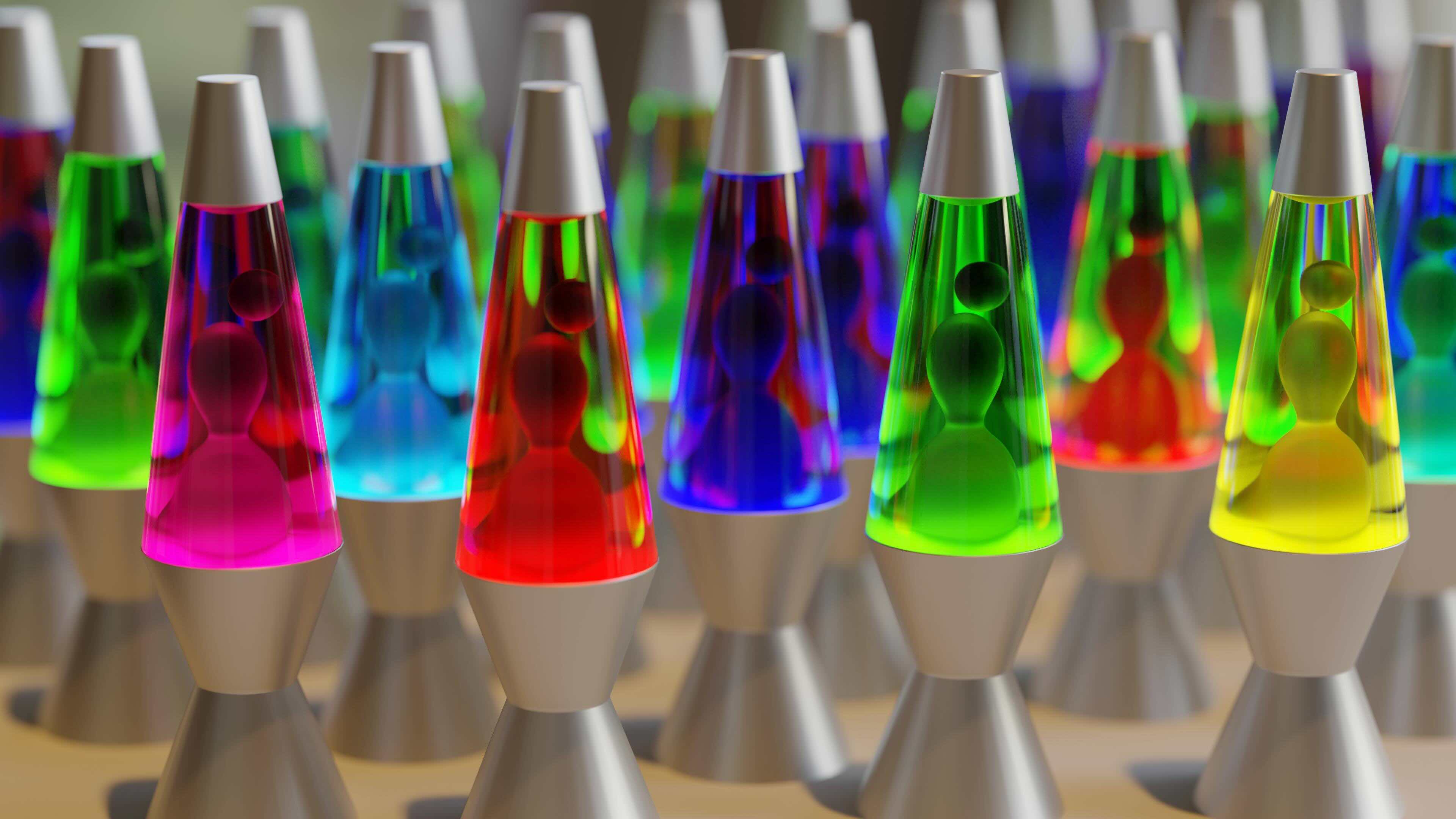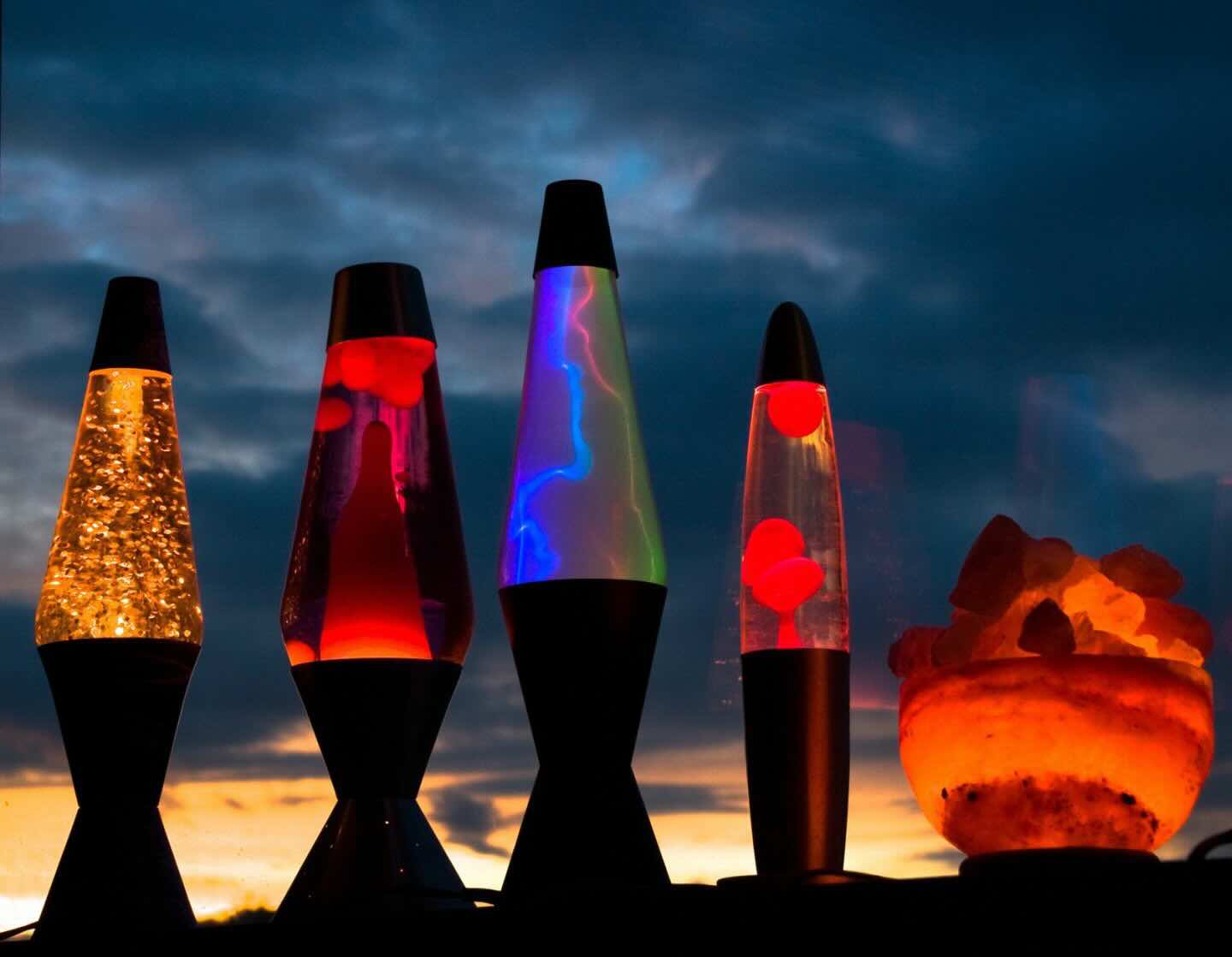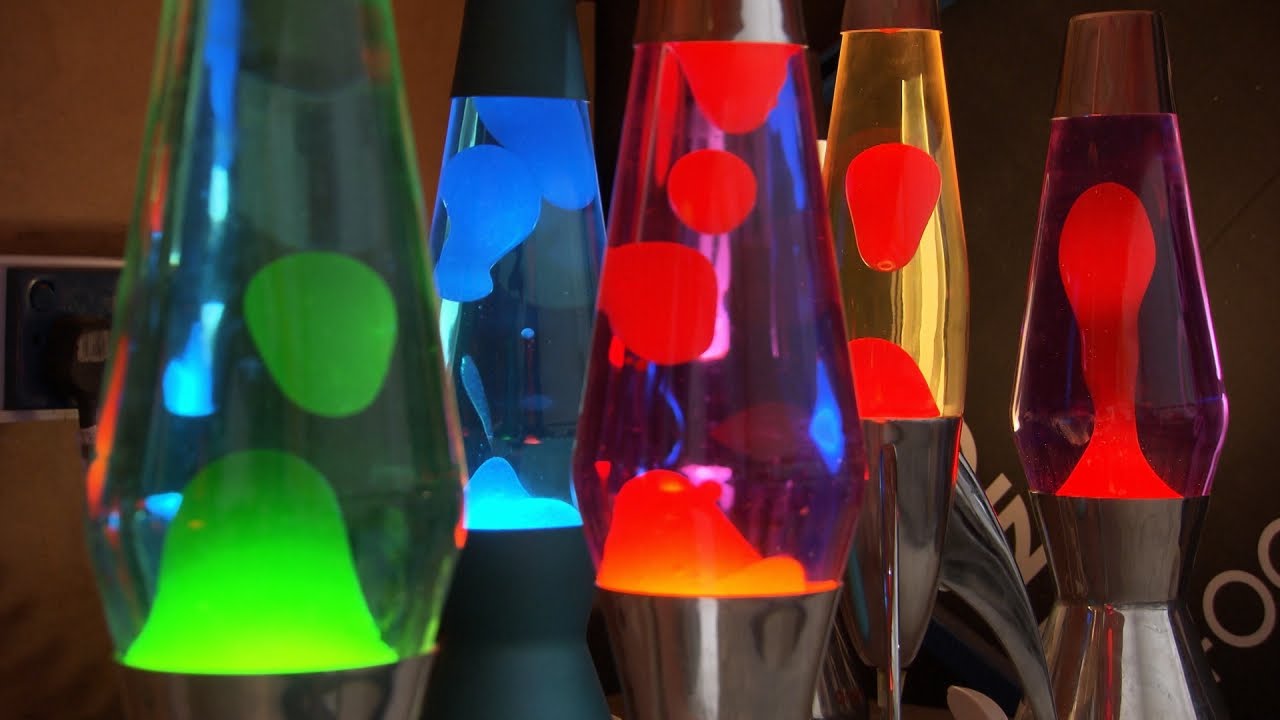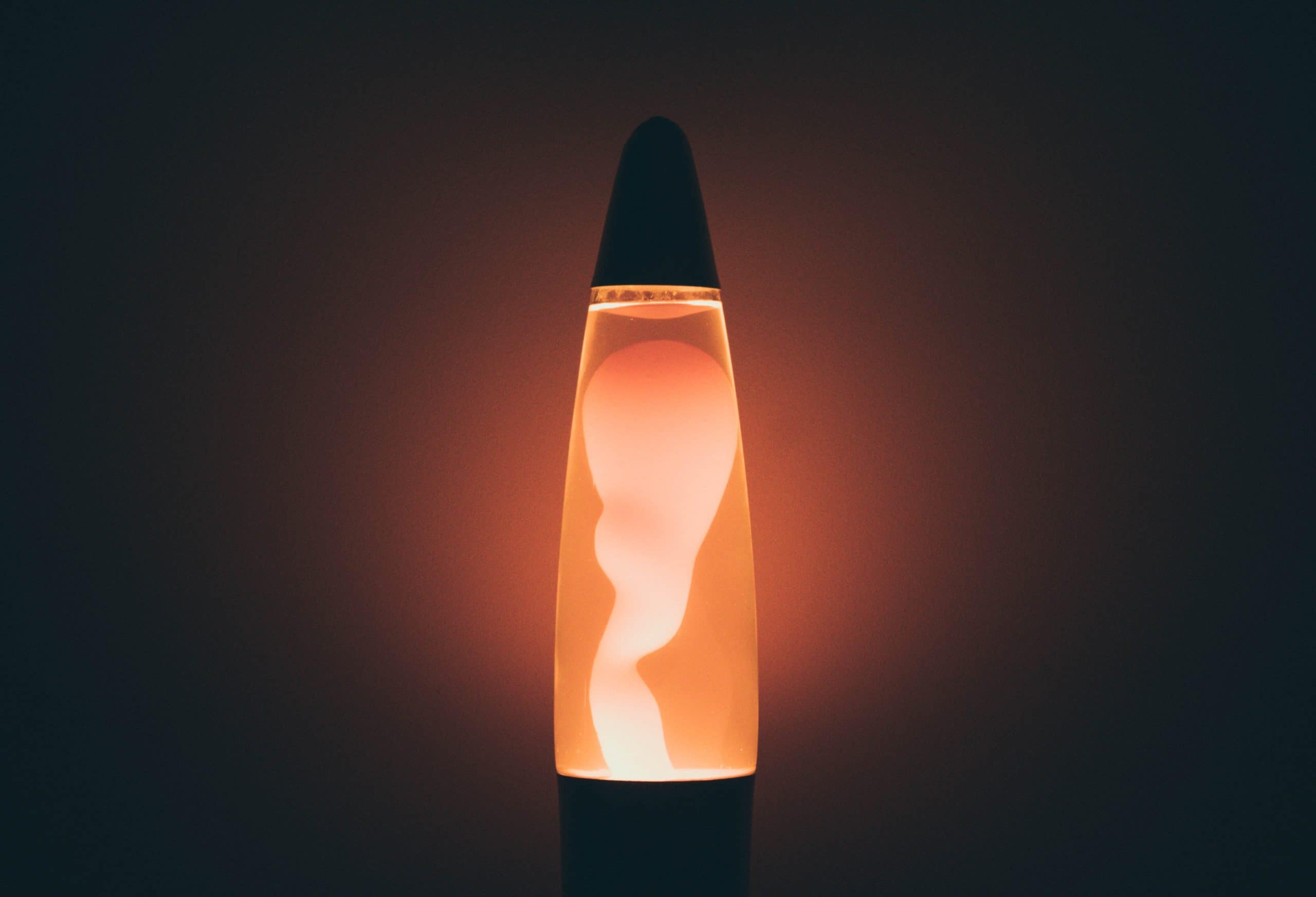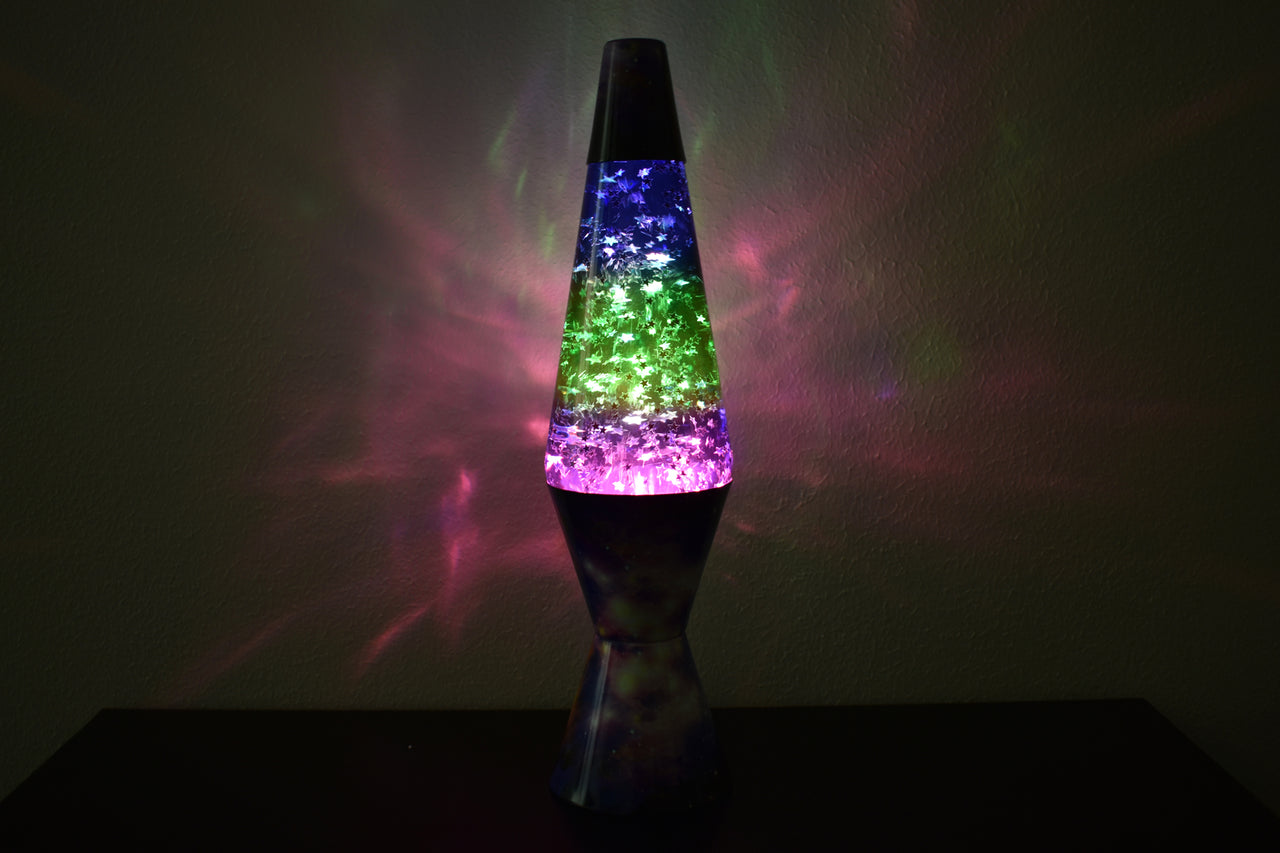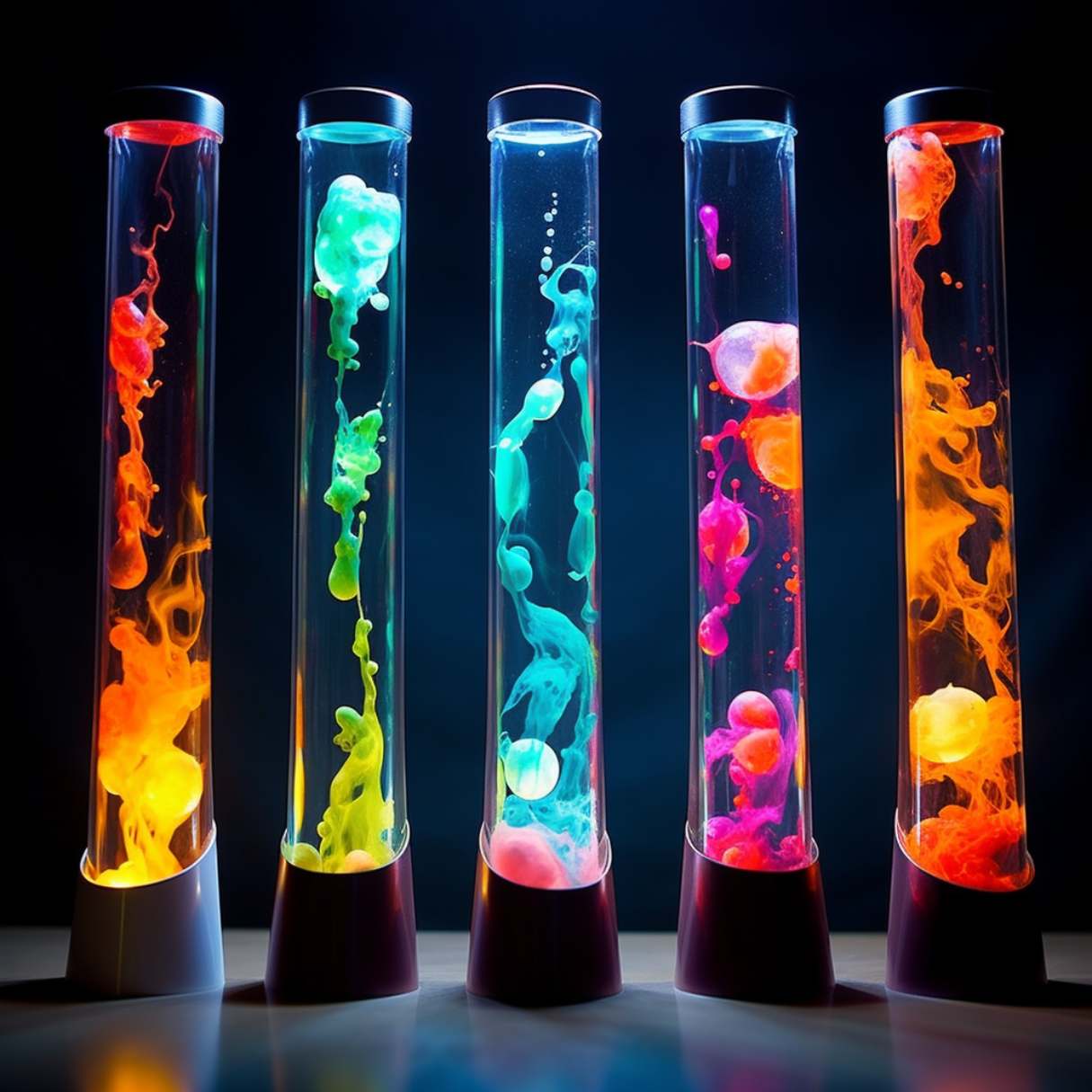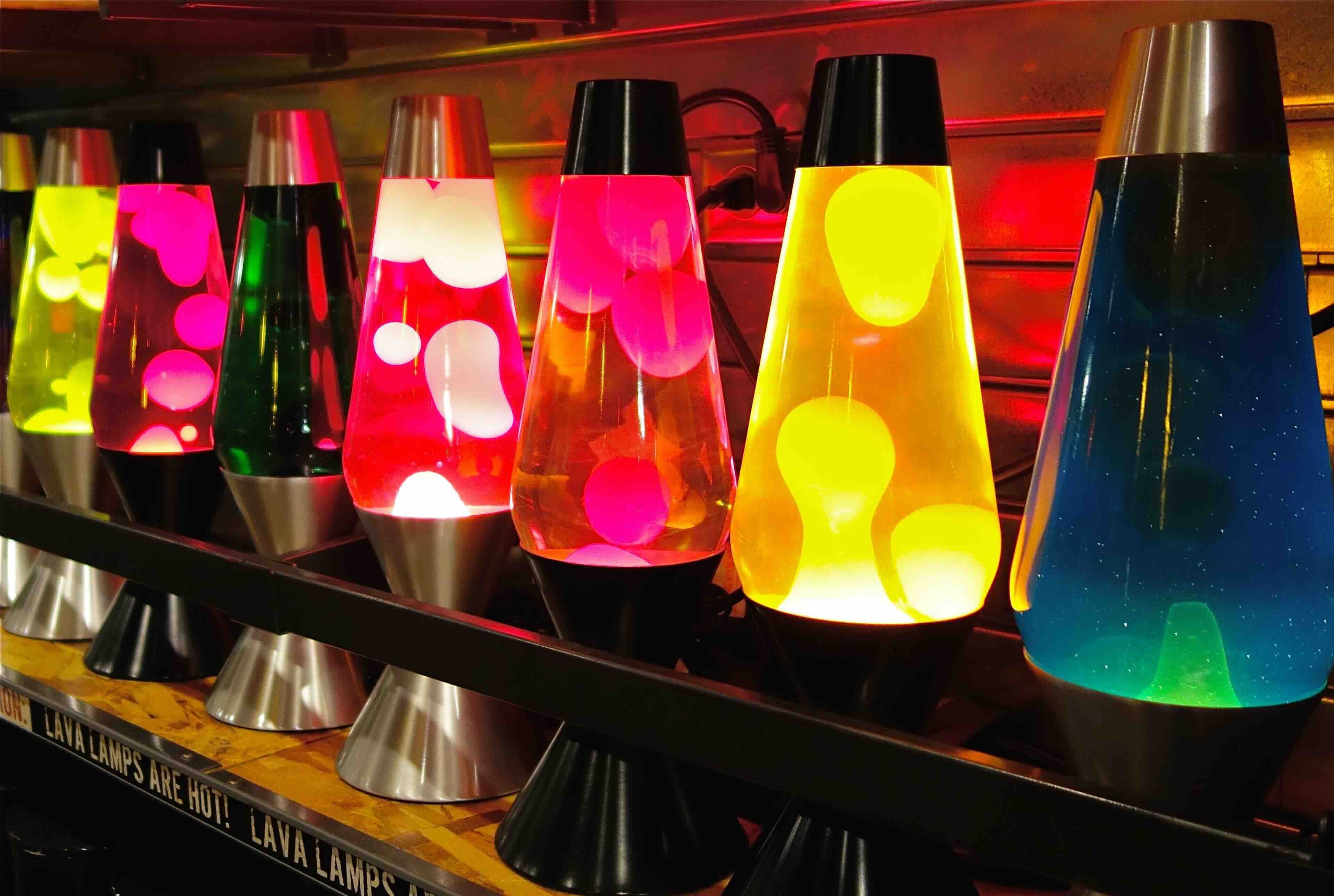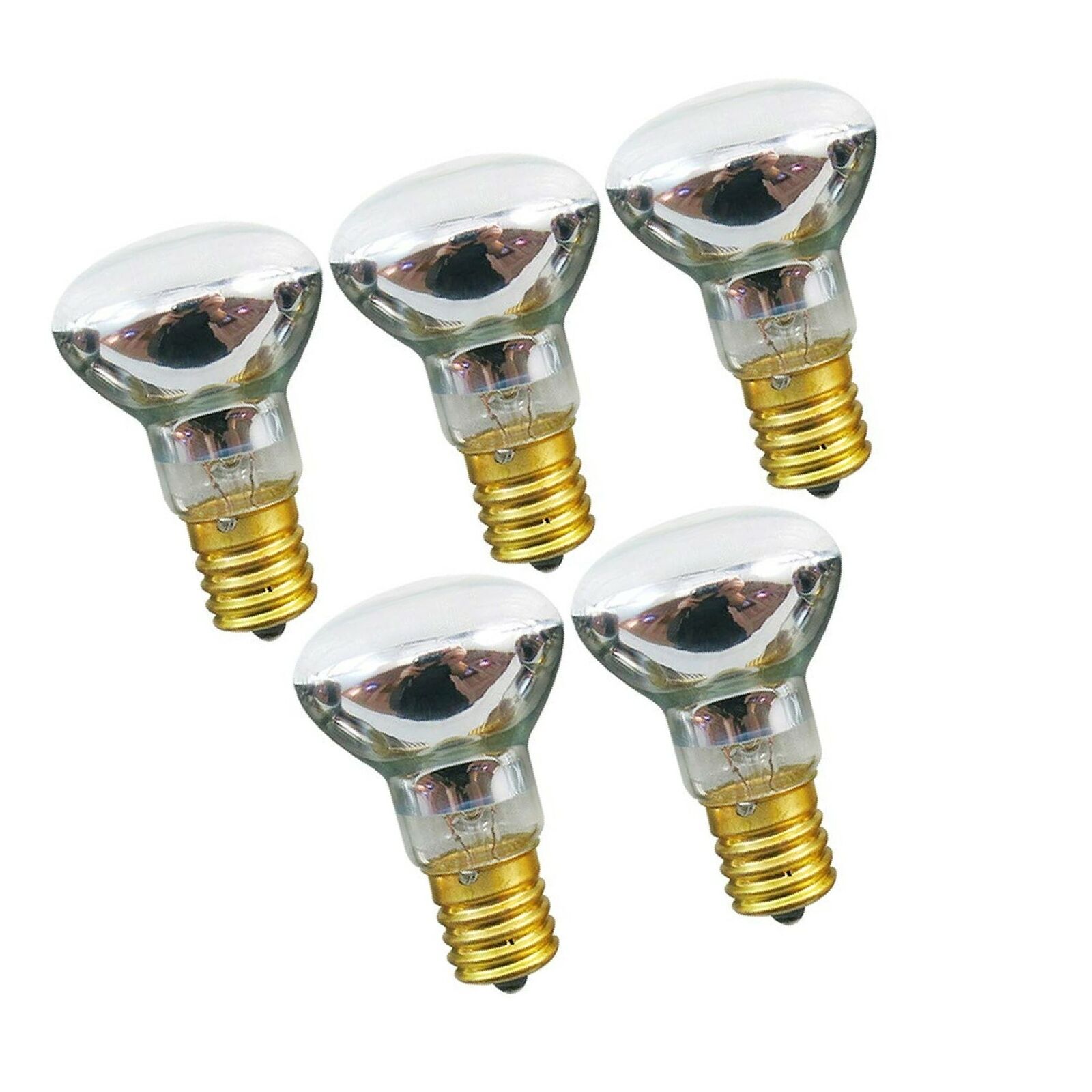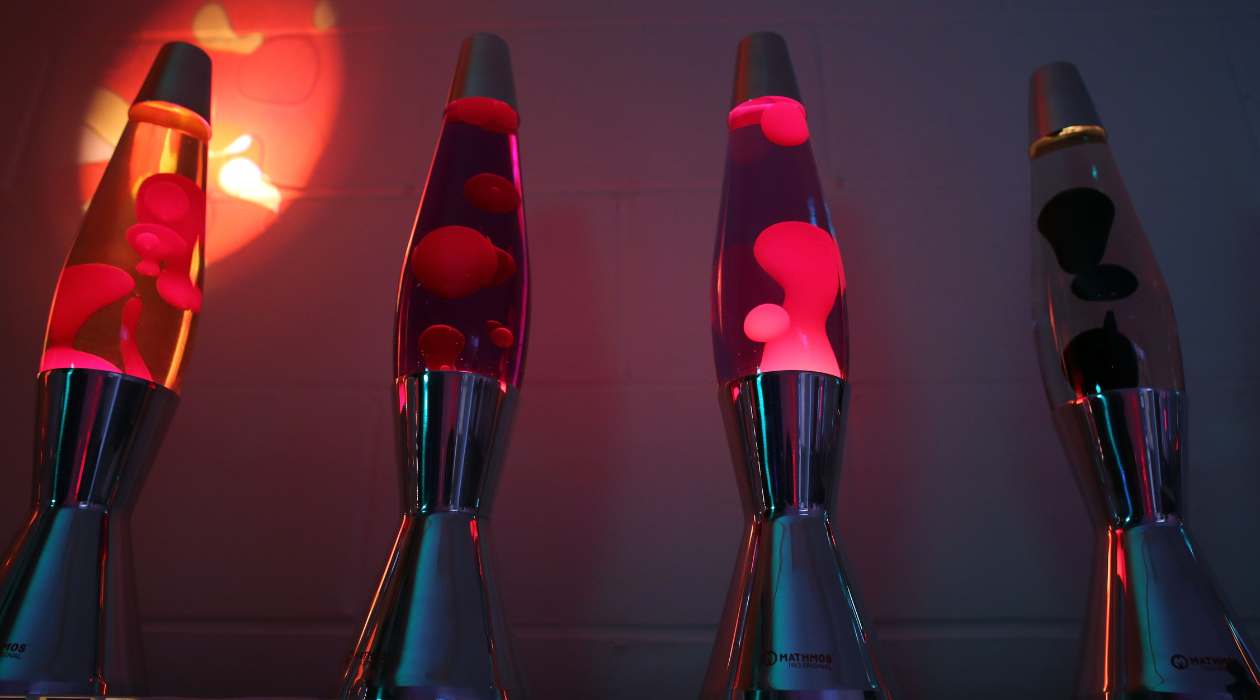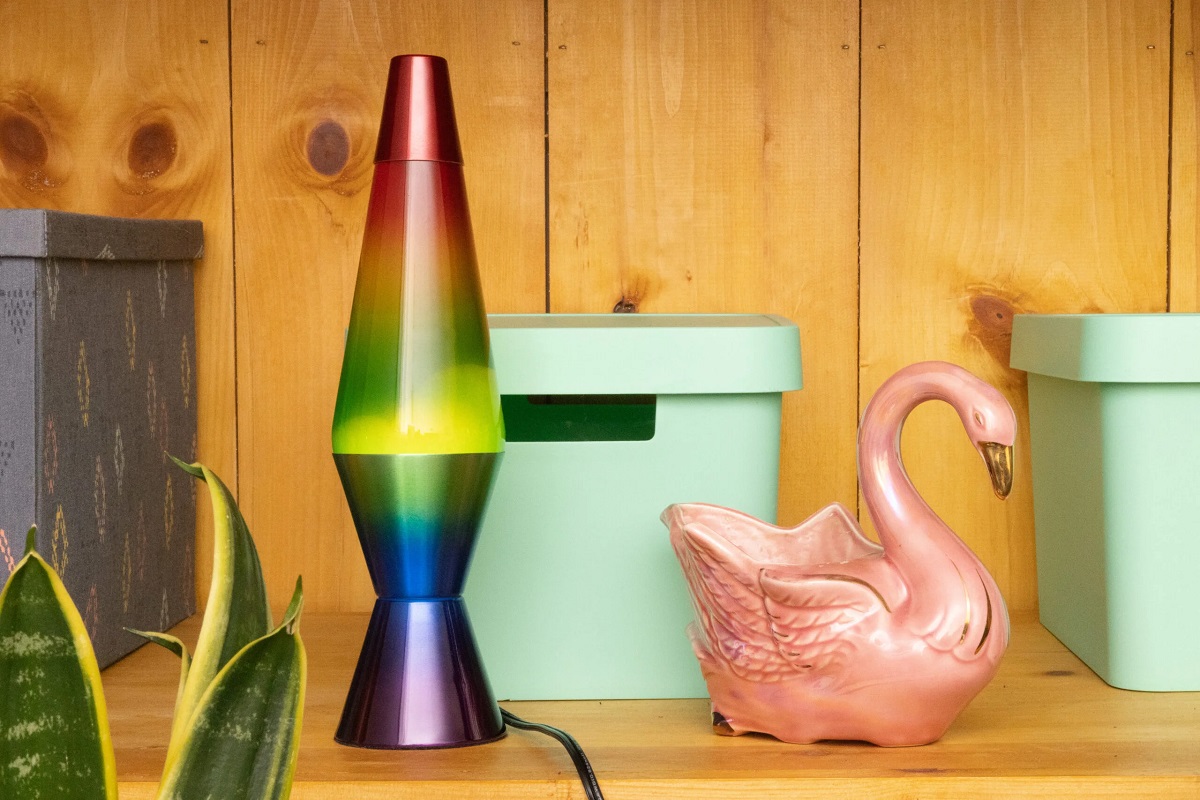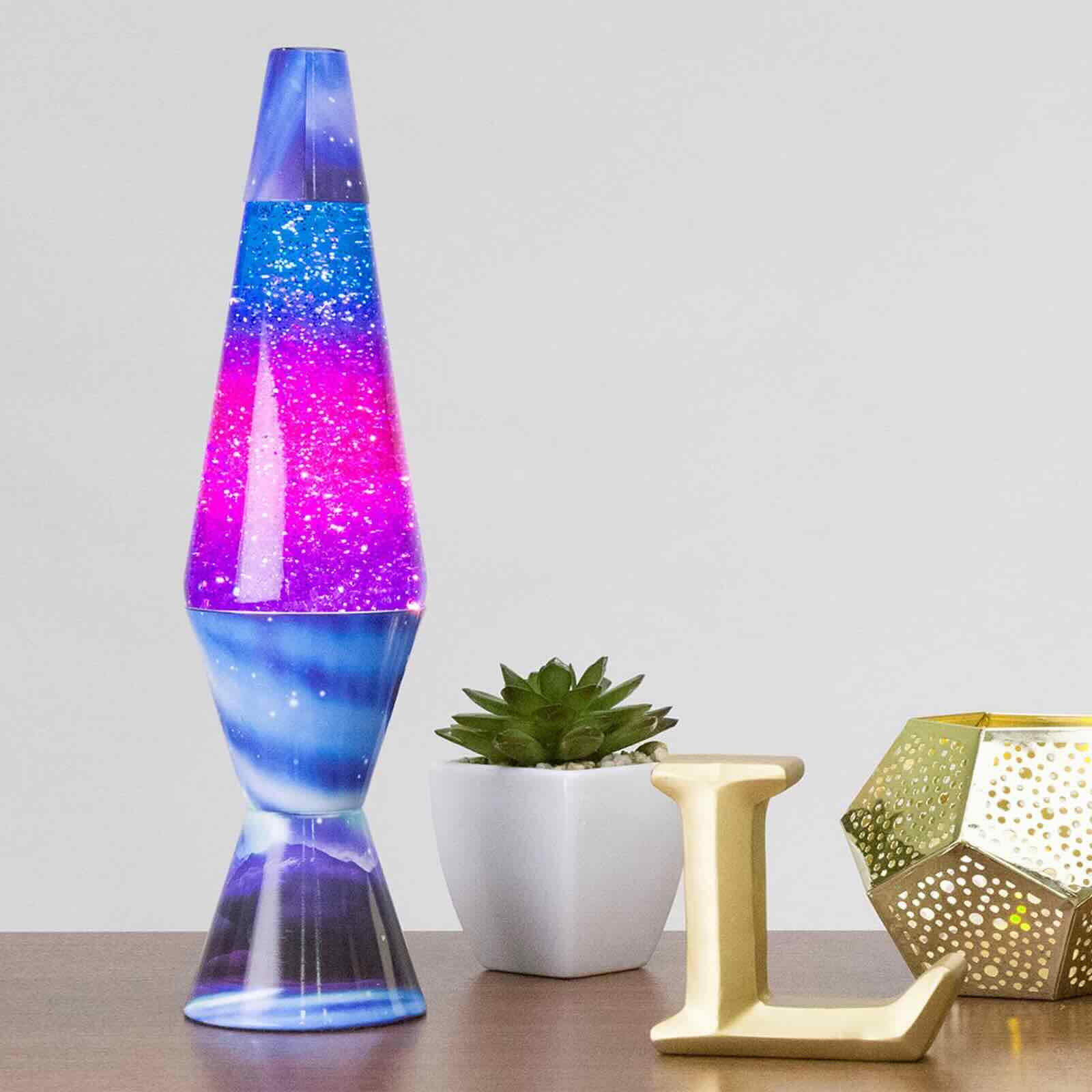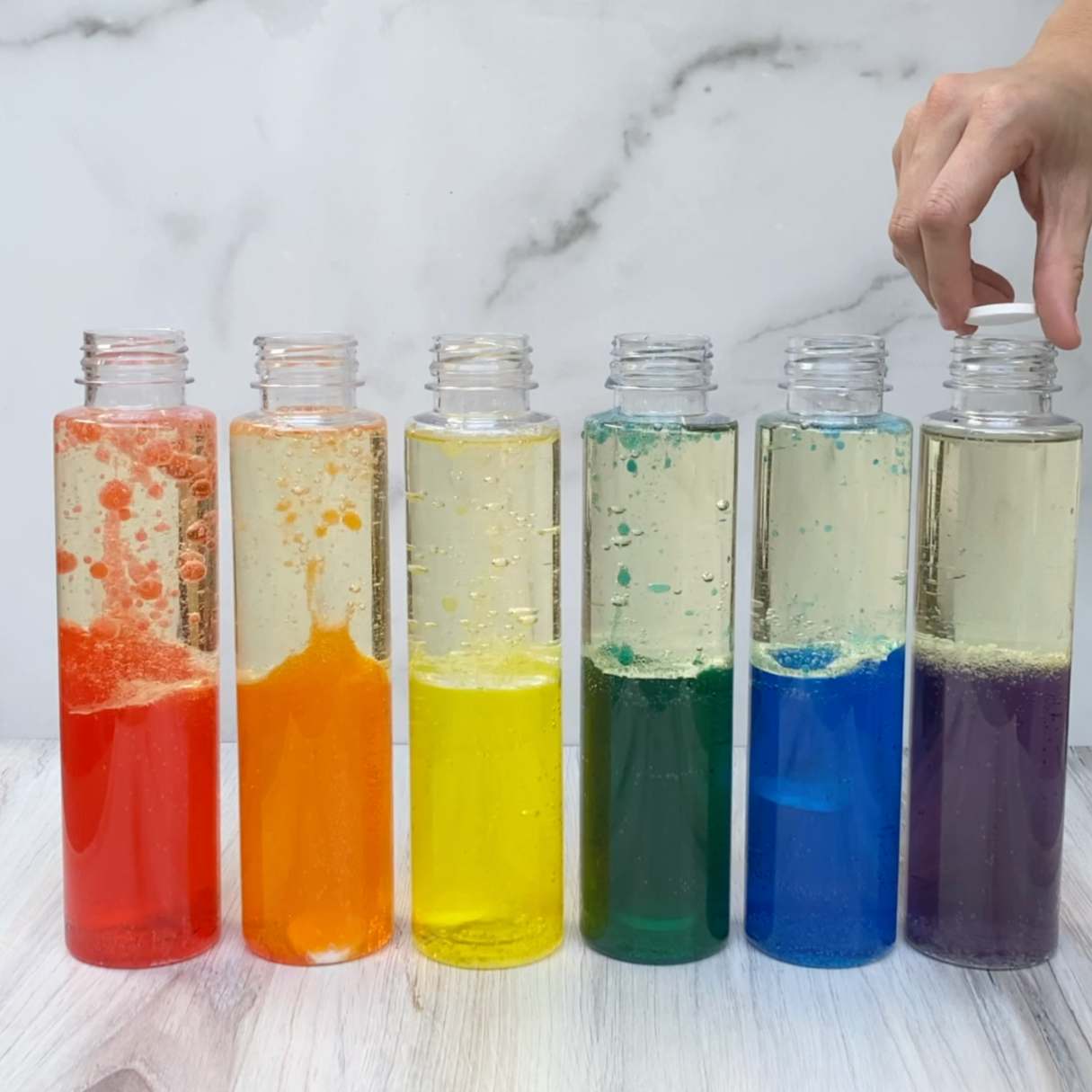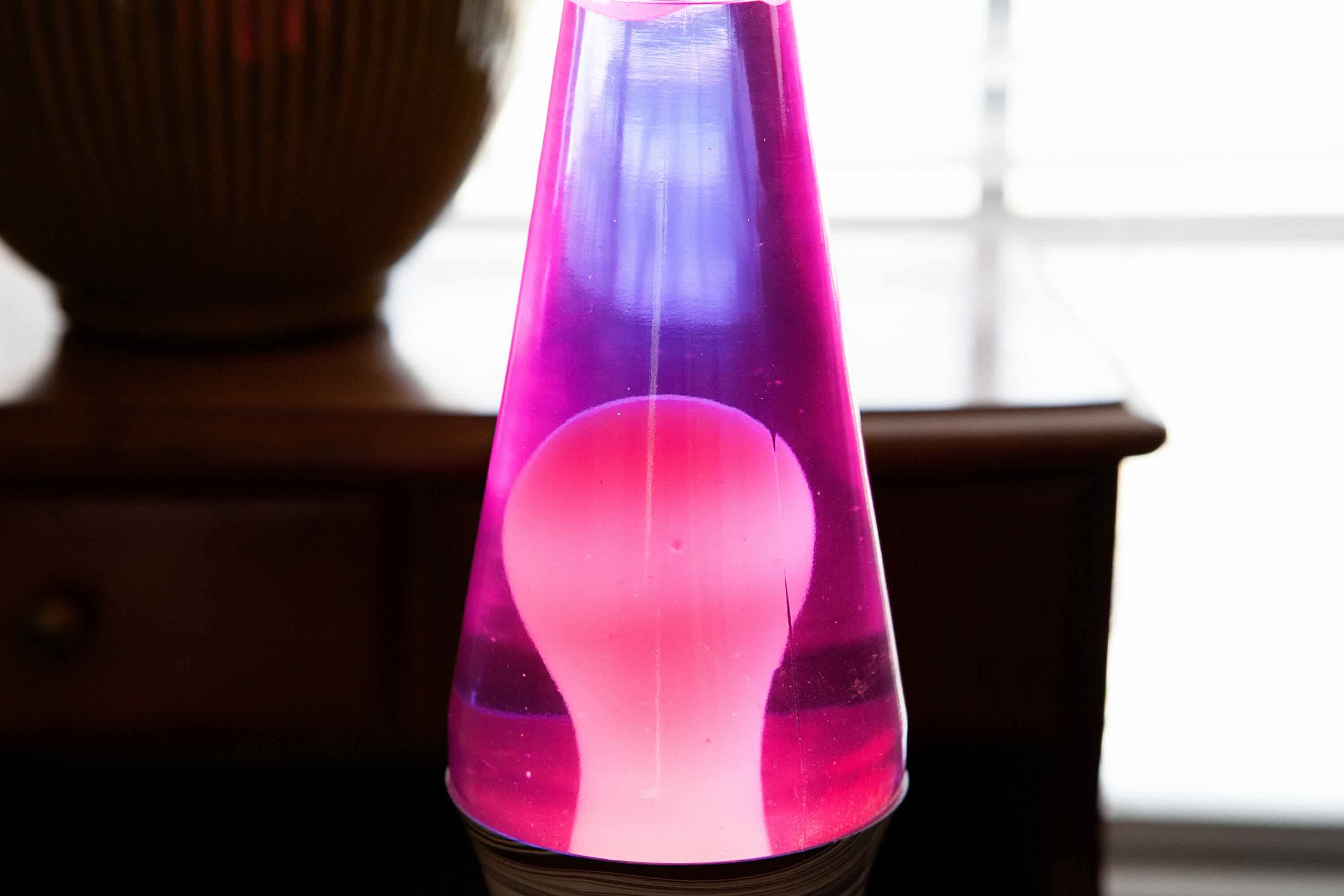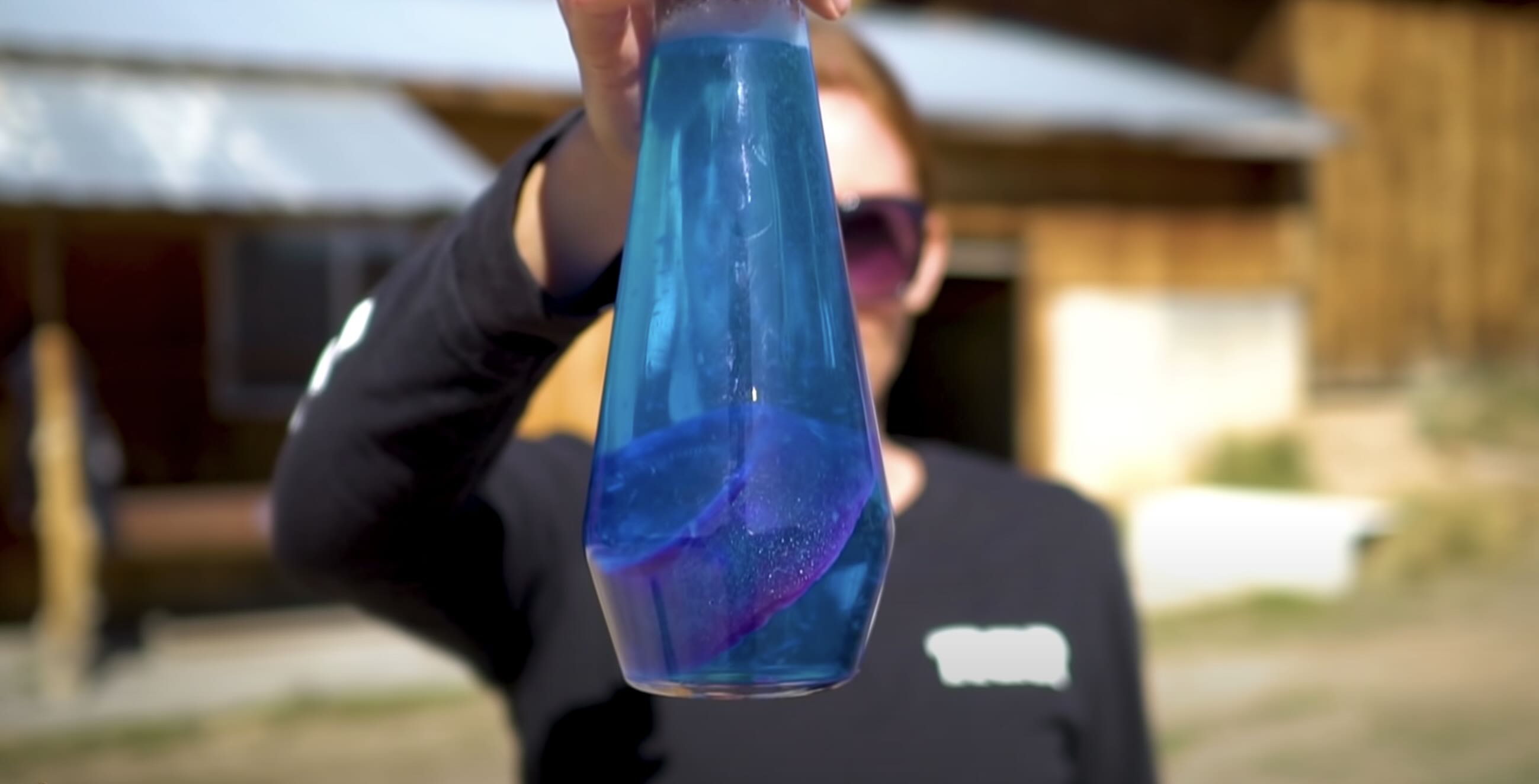

Furniture
What Is The Liquid In A Lava Lamp
Modified: February 25, 2024
Discover the fascinating world of lava lamps and learn about the liquid that creates those mesmerizing bubbles. Find out how to incorporate lava lamps into your furniture for a groovy and retro vibe.
(Many of the links in this article redirect to a specific reviewed product. Your purchase of these products through affiliate links helps to generate commission for Storables.com, at no extra cost. Learn more)
Introduction
Welcome to the fascinating world of lava lamps! These mesmerizing and colorful decor items have been captivating people for decades with their unique blend of artistry and science. Whether you have one sitting on your desk, adorning your living room, or simply have a curiosity about them, this article will delve into the captivating world of lava lamps and answer the burning question: What is the liquid in a lava lamp?
The history, workings, and composition of lava lamps are intertwined, which makes them an interesting topic of discussion. From their invention in the 1960s to their continued popularity today, these lamps have become an iconic symbol of retro style and funky decor.
In this article, we’ll explore the origins of lava lamps, learn how they work, discuss the composition of the liquid inside them, and address common concerns and safety precautions. So, get ready to dive into the liquid wonderland that is the lava lamp!
Key Takeaways:
- The mesmerizing display of a lava lamp is made possible through a combination of heat and density, with the liquid composition including water, oil, dyes, and additives to create the captivating visual effects.
- Understanding the history, workings, and composition of lava lamps allows for a deeper appreciation of their beauty, while following safety precautions ensures worry-free enjoyment of these captivating works of art in motion.
Read more: What Is In A Lava Lamp
The History of Lava Lamps
The fascinating story of lava lamps dates back to the 1960s when a British inventor named Edward Craven Walker developed a unique and mesmerizing lighting fixture. Walker was inspired by a homemade egg timer he saw in a pub, which contained a combination of liquids that created an interesting lava-like effect. Recognizing the potential for a commercial product, Walker filed a patent and started producing what would later become known as lava lamps.
Originally called “Astro Lamps,” these early versions consisted of a glass vessel filled with a translucent liquid, usually a mix of water and alcohol, and a waxy substance known as “lava” floating inside. The heat source, located at the base of the lamp, would cause the lava to rise, creating an undulating motion resembling molten lava. The hypnotizing effect of the constantly shifting shapes and colors quickly captured the imagination of the public.
In the 1960s and 1970s, lava lamps gained immense popularity, becoming a symbol of the counterculture movement and the psychedelic era. Their vibrant colors, trippy movements, and association with alternative lifestyles made them a must-have item for anyone looking to add a touch of “grooviness” to their space.
However, as the counterculture movement faded in the 1980s, so did the demand for lava lamps. They were considered outdated and fell out of fashion. But like all good things, the lava lamp made a comeback in the 1990s, capturing the nostalgic spirit of the retro era. Today, lava lamps continue to be loved and appreciated for their unique design and effortless ability to add a whimsical touch to any room.
How Lava Lamps Work
The mesmerizing display of a lava lamp is made possible through a combination of heat and density. The key elements involved in the workings of a lava lamp are the heat source, the liquid, and the wax-like substance known as lava.
When you turn on a lava lamp, the heat source located at the base of the lamp starts to warm up the liquid inside. The heat causes the liquid, which is usually a mixture of water and oil or wax, to expand and become less dense. As a result, the warmed liquid rises to the top of the lamp, where it encounters a cooler environment. Here, the liquid cools down and becomes denser, causing it to sink back down.
Meanwhile, the wax-like substance, often made of a combination of paraffin wax or other proprietary formulas, is also heated by the heat source. As it warms up, the wax begins to melt and break apart into globules, which rise to the top of the lamp. These globules are lighter than the liquid and float on the surface.
As the heated liquid continues to rise and the denser liquid sinks, the floating wax globules are caught in the current and carried upwards. Once they reach the top of the lamp, the cooler environment causes the wax to cool and solidify, making it heavier than the liquid. Consequently, the wax globules start to sink back down towards the base.
The continuous cycle of rising and sinking creates the mesmerizing lava lamp effect, with the wax blobs forming various shapes and patterns as they traverse the lamp. The heat from the base keeps the cycle going, ensuring that the lava lamp remains in constant motion.
It’s important to note that the movement of the wax is also affected by the shape and design of the lamp. The interior of the lamp is often curved or shaped in a way that influences the flow of the liquid and the paths taken by the wax blobs. This contributes to the unique patterns and movements that each lava lamp displays.
The Composition of the Liquid in Lava Lamps
The liquid inside a lava lamp plays a crucial role in creating the mesmerizing visual effects that these lamps are known for. While the exact composition may vary among different manufacturers, the basic components typically include water, oil, dyes, and additives.
The main component of the liquid is water, which acts as the base and provides the medium for heat transfer and the movement of the wax. Water also helps to create the necessary density gradient by mixing with the other components.
Oil, usually mineral oil or a similar clear and viscous substance, is added to the water. The oil serves two purposes: to create the density difference required for the lava motion and to prevent the wax from sticking to the glass walls of the lamp. Because oil is less dense than water, it floats on top, creating a barrier that prevents the wax from mixing with the water and forming a single blob.
To give the liquid its vibrant and captivating colors, dyes or pigments are added. These dyes are typically oil-soluble, allowing them to mix and disperse evenly throughout the oil and water mixture. The choice of colors can vary greatly, ranging from classic combinations like red and yellow to more unconventional and psychedelic hues.
In addition to water, oil, and dyes, some manufacturers may incorporate additives to enhance the performance and longevity of the liquid. These additives can include surfactants, which help to break down any surface tension and promote better mixing of the oil and water, and anti-foaming agents, which reduce the formation of bubbles and foam inside the lamp.
It’s worth noting that the exact formula and ratio of the components are often proprietary information, known only to the manufacturers. Each company may have their own secret recipe, resulting in variations in the behavior and appearance of the lava lamps.
The liquid in a lava lamp is typically a combination of water and a special type of wax or oil. When heated by the lamp’s light bulb, the wax or oil becomes less dense and rises to the top, creating the mesmerizing lava lamp effect.
Factors Affecting the Liquid’s Behavior
Several factors influence the behavior and movement of the liquid inside a lava lamp. Understanding these factors can help you better appreciate and manipulate the mesmerizing display of your lava lamp.
1. Heat Source: The heat source plays a crucial role in determining the temperature and intensity of the heat applied to the liquid. Higher temperatures can result in faster and more vigorous movement of the wax blobs, while lower temperatures can slow down the motion. It’s important not to exceed the recommended wattage or leave the lamp on for extended periods, as this can affect the performance and longevity of the lamp.
2. Liquid Density: The liquid’s density is a key factor in the movement of the wax blobs. The combination of water and oil creates a density gradient, with the oil floating on top of the denser water. This difference in density allows the wax to rise and fall within the lamp. Altering the ratio of water to oil can impact the liquid’s behavior and the speed at which the wax moves.
3. Wax Composition: The composition and properties of the wax-like substance used in lava lamps can greatly affect the visual display. Different formulas can result in variations in the melting point, viscosity, and density of the wax. These factors directly impact the size, shape, and movement of the wax blobs. Some lava lamps may use proprietary blend of waxes to achieve specific performance characteristics.
4. Design and Shape of the Lamp: The design and shape of the lamp’s interior can influence the flow and path taken by the wax blobs. Curved or angled interior walls can create pockets and channels that guide the movement of the wax, resulting in unique patterns and formations. The overall size and shape of the lamp can also impact the scale and scale of the lava lamp’s movements.
5. Ambient Temperature: The temperature of the surrounding environment can influence how the liquid behaves. If the room is particularly cold, it may take longer for the liquid to heat up and for the wax to start moving. Conversely, excessively high room temperatures can cause the liquid to become too thin, resulting in rapid and erratic movement.
By understanding these factors, you can experiment with different settings and conditions to customize the behavior of your lava lamp. Whether you prefer slow and graceful movements or fast and dynamic flows, adjusting these variables can help you create the perfect ambiance and visual spectacle.
Read more: How To Clean A Lava Lamp
Common Concerns and Safety Precautions
While lava lamps are generally safe and enjoyable to use, it’s essential to be aware of some common concerns and take necessary safety precautions for optimal usage and peace of mind.
1. Overheating: Lava lamps should not be left on for more than 8 to 10 hours continuously. Extended use can potentially cause the lamp to overheat, leading to damage or even the risk of fire. Always follow the manufacturer’s instructions regarding operating times and ensure a cool-down period between usages.
2. Placement: Place your lava lamp on a stable and level surface, away from direct sunlight or sources of heat. High temperatures can impact the lamp’s performance and may affect the longevity of the liquid and wax inside. Avoid placing the lamp near flammable materials to minimize the risk of accidents.
3. Handling: Lava lamps can become hot during operation, so it’s crucial to exercise caution when handling them. Always allow the lamp to cool down before moving or touching it. Avoid shaking or tipping the lamp, as this can disrupt the flow of the liquid and result in permanent damage.
4. Electrical Safety: Ensure that the power cord and plug are in good condition before plugging in the lava lamp. Avoid using extension cords or overloading electrical outlets. If you notice any frayed wires or other electrical issues, discontinue use and seek a professional inspection or replacement.
5. Maintenance: Regular maintenance is necessary to keep your lava lamp working properly. Follow the manufacturer’s instructions for cleaning, which usually involve unplugging the lamp, allowing it to cool, and gently wiping the outside and interior of the glass with a soft cloth. Do not attempt to disassemble or tamper with the internal components.
6. Children and Pets: Keep lava lamps out of reach of children and pets to prevent accidental contact or tipping. The liquid and wax can be hot and may cause injury if touched or ingested. Supervise children closely when they are around lava lamps and teach them about the importance of safety precautions.
By following these common concerns and safety precautions, you can enjoy your lava lamp responsibly and worry-free. Remember that proper usage and care will help ensure that your lava lamp continues to create a visually captivating atmosphere for many years to come.
Conclusion
Lava lamps have captivated our imaginations for decades, combining artistry, science, and a touch of retro charm. The liquid inside these mesmerizing lamps, a combination of water, oil, dyes, and additives, plays a crucial role in creating the captivating display of wax blobs rising and falling in a dance-like motion.
Understanding the history, workings, and composition of lava lamps allows us to appreciate their beauty even more. From their origins in the 1960s to their resurgence as a retro symbol in the 1990s, lava lamps have continued to fascinate and adorn spaces with their unique presence.
Factors such as the heat source, liquid density, wax composition, lamp design, and ambient temperature all contribute to the behavior and movement of the liquid inside a lava lamp. Adjusting these factors can result in customized displays that suit your personal preference and create the perfect ambiance.
While lava lamps are generally safe to use, it’s important to follow common concerns and safety precautions. Avoid overheating, place the lamp on a stable surface, handle it carefully, and ensure proper electrical safety. Regular maintenance and keeping lava lamps out of reach of children and pets are also essential.
In conclusion, lava lamps are more than just decorative items – they are captivating works of art in motion. The liquid inside, with its unique composition and interaction with heat, creates a visual spectacle that can transform any space. So, go ahead and embrace the retro allure of lava lamps, and let their enchanting display bring a touch of magic and tranquility into your life.
Frequently Asked Questions about What Is The Liquid In A Lava Lamp
Was this page helpful?
At Storables.com, we guarantee accurate and reliable information. Our content, validated by Expert Board Contributors, is crafted following stringent Editorial Policies. We're committed to providing you with well-researched, expert-backed insights for all your informational needs.
